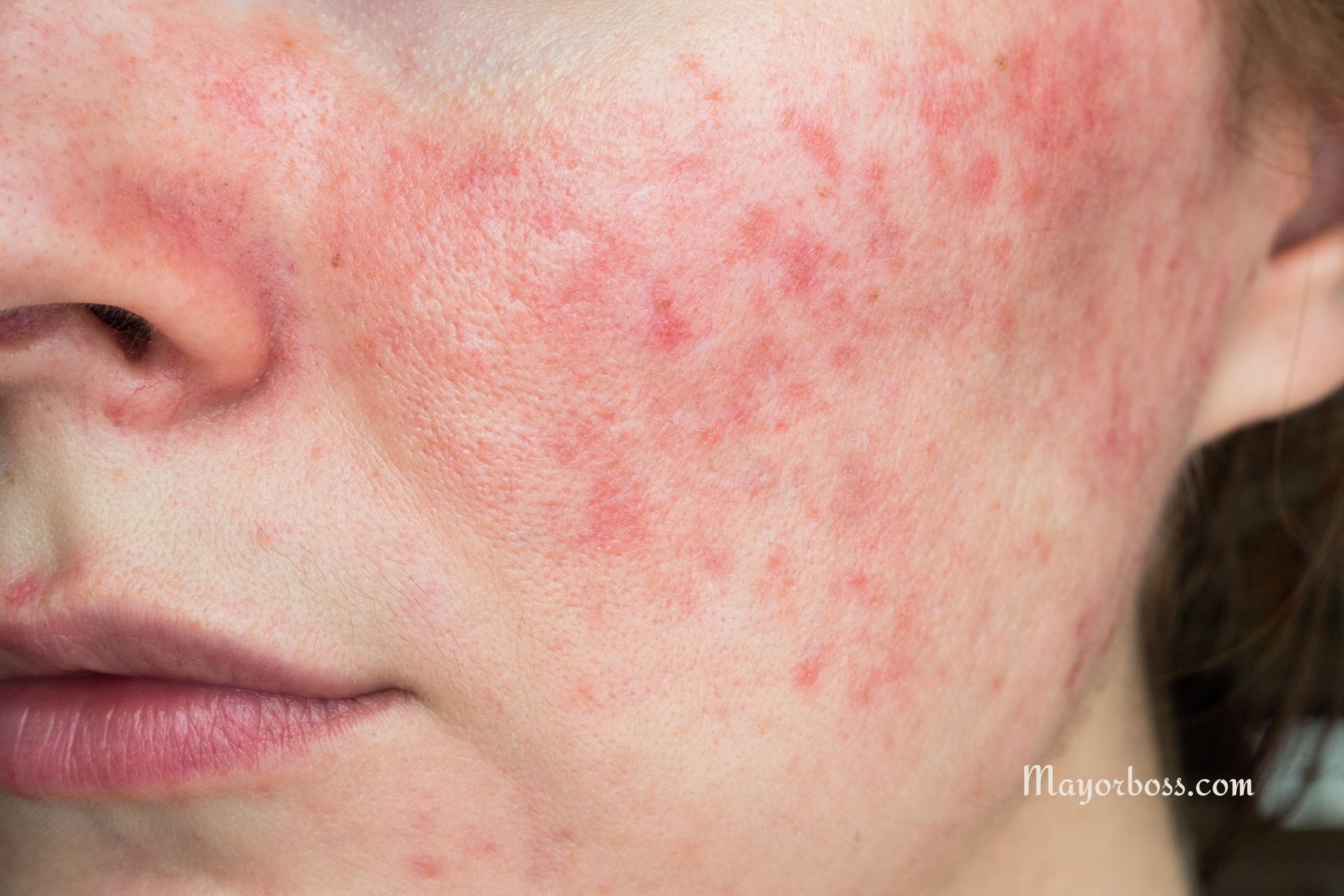Lupus Symptoms: The 15 Signs You Shouldn’t Ignore
Lupus is a chronic autoimmune disease. This means the body’s immune system, meant to fight off infections, mistakenly attacks healthy tissues and organs. This can affect various parts of the body, including your skin, joints, kidneys, heart, lungs, brain, and blood cells. Lupus can sometimes be frustrating to diagnose. This is because it can cause a wide range of symptoms that mimic other conditions. While there’s no single test for lupus, becoming familiar with the potential signs can help you seek appropriate medical care and get an accurate diagnosis.
So, if you’re wondering about the symptoms that should raise a red flag, you’re in the right place. Below, we’ll discuss the 15 symptoms of lupus that you shouldn’t ignore. It’s important to remember that not everyone with lupus will experience all of these symptoms. The disease is known as “the great imitator” because its signs can vary greatly from one person to the next.

1. Extreme Fatigue
Feeling extremely tired is one of the most common symptoms of lupus. Even after getting plenty of rest, you might still feel drained and unable to perform your daily tasks. This isn’t just the usual tiredness from a busy day; it’s a profound exhaustion that doesn’t go away with rest.
2. Fever
A low-grade fever without any apparent cause could be a sign of lupus. This fever usually fluctuates around 100°F (37.8°C). If you frequently experience unexplained fevers, it might be your body signaling an ongoing inflammatory process or infection, often associated with lupus.
3. Joint Pain, Stiffness, and Swelling
Lupus can cause significant discomfort in your joints. You might notice pain, stiffness, especially in the morning, or swelling in your wrists, hands, knees, or feet. This symptom can range from mild to severe and may come and go.
4. Skin Rash or Lesions
The classic “butterfly rash” is a telltale sign of lupus, but not everyone with the disease develops it. This red or purple rash covers the cheeks and nose, resembling a butterfly’s wings. However, lupus can also cause other skin issues, such as discoid lesions—thick, red, scaly patches on the skin that may scar.
5. Photosensitivity
If you have lupus, your skin might be unusually sensitive to sunlight (photosensitivity), leading to skin lesions or rashes after sun exposure. You may notice this reaction even after limited exposure to UV light.
6. Chest Pain
Lupus can affect the heart and lungs, leading to inflammation of the chest cavity lining (pleuritis), which causes pain during breathing. This chest pain is often sharp and may get worse with deep breaths or when you cough.
7. Kidney Problems
Lupus can cause kidney inflammation (lupus nephritis), potentially leading to symptoms such as swelling in your legs, ankles, or around your eyes, foamy urine, and high blood pressure.
8. Gastrointestinal Problems
Lupus can lead to various gastrointestinal issues, such as nausea, vomiting, and abdominal pain. These symptoms can result from lupus itself or as side effects of medications used for treatment.
9. Oral or Nasal Ulcers
Sores in your mouth or nose, which are usually painless, can be another symptom of lupus. These ulcers can appear suddenly and persist for a long time.
10. Neurological Symptoms
Lupus has the ability to affect the nervous system, leading to headaches, dizziness, memory issues, or even seizures. These symptoms should not be overlooked as they can indicate more severe complications.
11. Blood Disorders
Lupus can lead to various blood-related issues, such as anemia, thrombocytopenia (low platelet count), or leukopenia (low white blood cell count). These conditions can increase the risk of infections, bleeding, or bruising.
12. Hair Loss
Thinning hair is a common lupus symptom resulting from inflammation of the skin and scalp. You might notice your hair becoming fragile and breaking easily, or it might fall out in clumps.
13. Raynaud’s Phenomenon
Raynaud’s phenomenon causes fingers and toes to turn white or blue when cold or stressed. It can be a sign of lupus or other autoimmune diseases.
14. Dry Eyes and Mouth
Lupus can affect glands, causing symptoms similar to Sjögren’s syndrome, such as dry eyes and dry mouth. These symptoms can be bothersome and may affect your ability to eat, speak, or see comfortably.
15. Anxiety and Depression
The challenges of living with a chronic condition like lupus can lead to anxiety and depression. It’s important to seek help if you’re experiencing these feelings.
Don’t Ignore the Signs
If you experience any of the symptoms above, especially several in combination, see your doctor. While there’s no cure for lupus, treatments can control symptoms, reduce inflammation, and help protect your organs from damage.
Frequently Asked Questions
Can lupus symptoms come and go?
Yes, lupus symptoms can fluctuate and may come and go. You might experience periods of increased symptoms, known as flares, followed by periods of remission when symptoms improve.
Is lupus curable?
Currently, there is no cure for lupus, but treatment can help manage symptoms, reduce inflammation, and maintain normal body functions. Treatment plans are often personalized based on the specific symptoms and needs of the individual.
How is lupus diagnosed?
Diagnosing lupus can be difficult due to its various symptoms. Doctors typically use a combination of medical history, physical examination, laboratory tests (such as blood and urine tests), and imaging studies to diagnose lupus.
